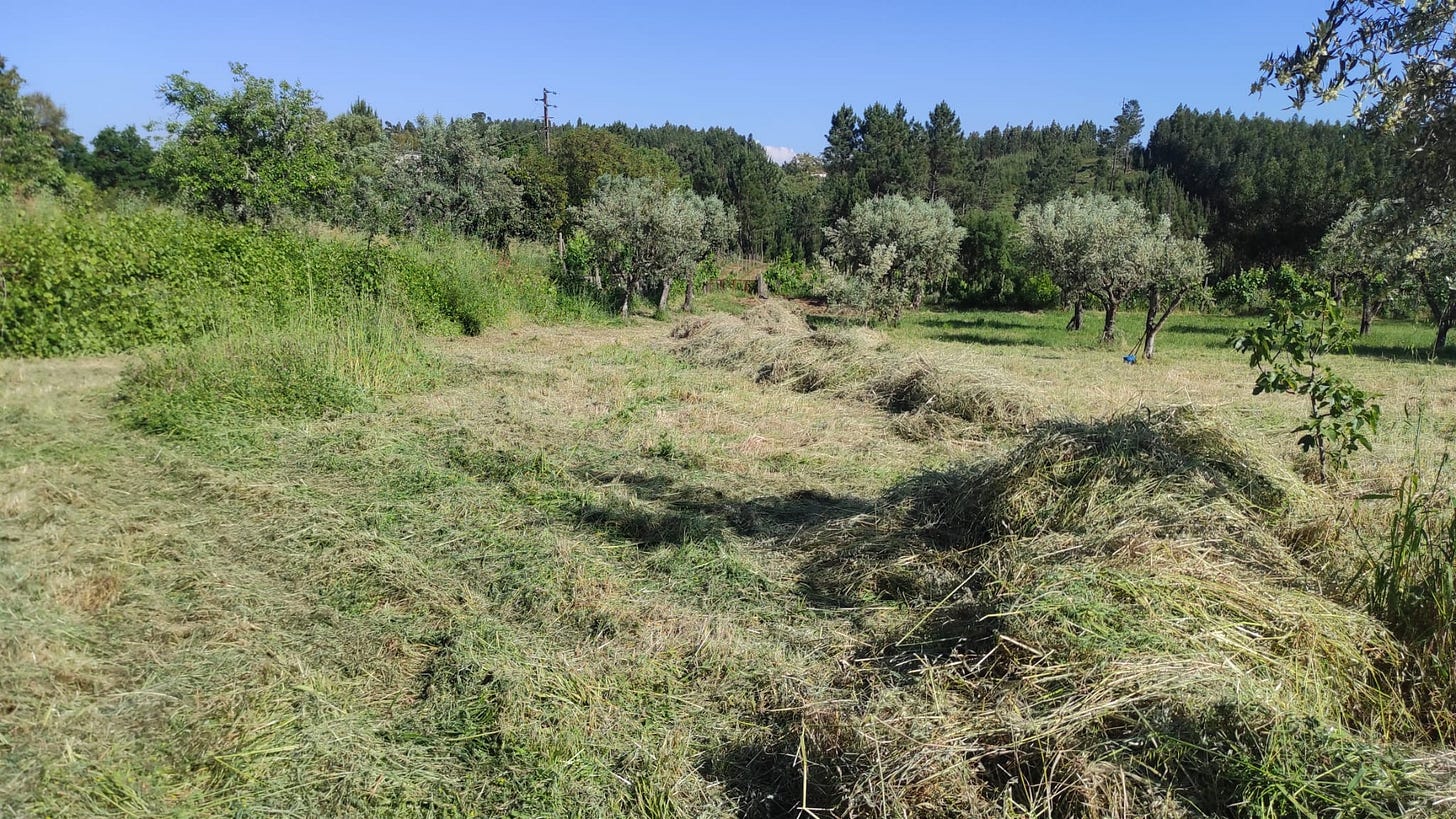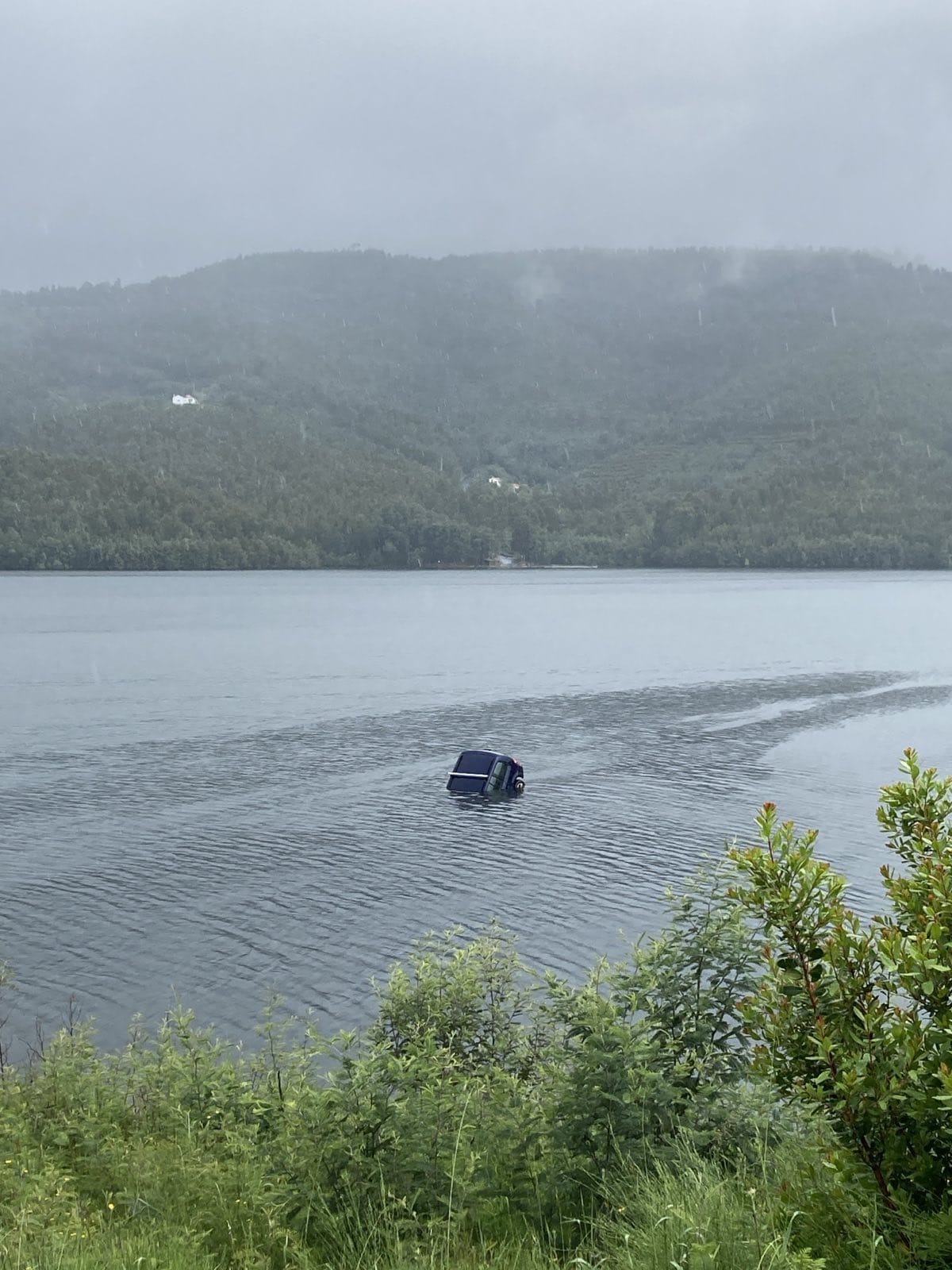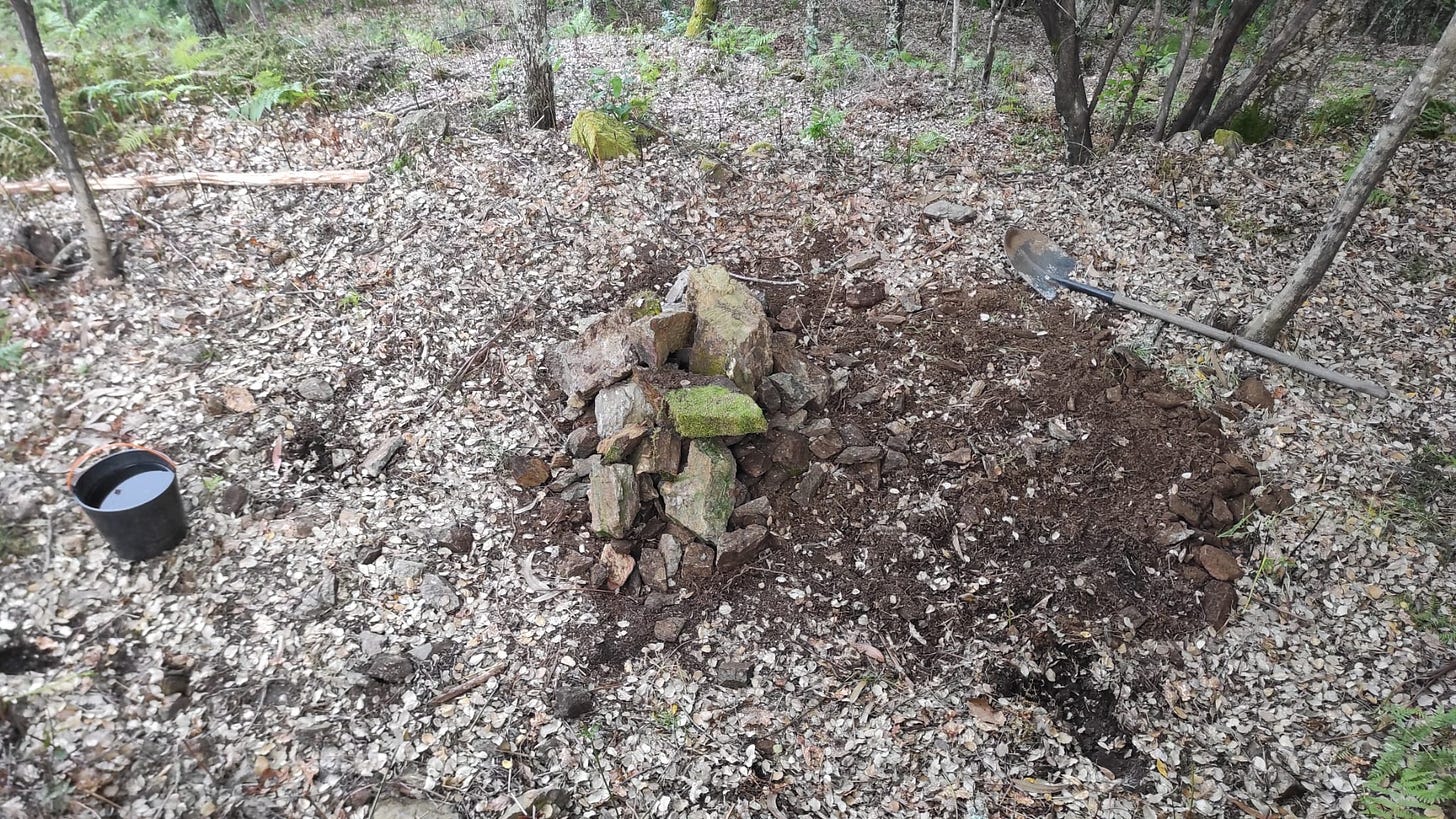Setbacks
Death, destruction, bad weather, and bad health.
Life often feels like a long series of gambles. Sometimes they pay off, other times you lose. I can’t see it any other way — though I don’t think that’s a good reason not to step outside your comfort zone or take risks — the bottom line is to hedge your bets as you make them. In normal circumstances, my long list of activities all stand in various states of failure or success. The reasons vary; perhaps the venture could never work, but that may only become clear through trial and error, external factors may be responsible. To be clear, so far, the concept of “failure” has mainly manifested itself in the form of setbacks, for which I’m grateful. After all, you can only fail at something once. With each setback, there may yet be a comeback.
Well, as I said, there is usually a kind of equilibrium between the setbacks, the failures, and the successes. But every once in a while, the equilibrium can break, and you may suddenly be presented with a wave of successes, failures, or setbacks. These times can be elating, or devastating. Sometimes, the coin can flip. Now feels like one of those times. We were coming off a high point, one of the busiest times of the year, butchering a sheep and then making hay.
During this time, I was still a bit dazed from butchering the sheep. I’d just lost a huge portion of the spring hay because I wasn’t able to keep it dry during the rains, so about a dozen hours of scything my way through fields in the hot sun did not turn out to be the pay off that I’d hoped for (I can still use the spoiled hay as ground cover though).
The Car.
During the rainy pause in hay making, we joined a group of people on the other side of the local dam, to bark strip invasive trees. We parked the car in a beautiful spot, on a slope overlooking the water, unpacked the tools of the trade — knives and clippers — then started making cuts into the Acacia trees and stripping the bark all the way down to the bottom. This technique gradually kills the tree and prevents recovery, which is a slow but effective method of dealing with the problem.
After about ten minutes of bark stripping, I heard a thunderous groan, then a crashing splash. I whipped my head around to see our car, standing vertically on its nose, on the boat ramp into the water… Meu carro! I said out loud, and ran down to the water’s edge, where the car was now floating away slowly. Jackie and I were both there at this point, we turned back to see that our son was being entertained and watched over by some of the others, then started to strip our shoes and clothes off. In an instant, we were both standing in the water, about to start swimming, when I said; wait, let’s make a plan before we go out there.
We knew that our passports were in the car, along with our monthly food budget, all the food that we were going to eat that week, and the toddler car seat, along with an assortment of clothes and pretty much everything that we actually use on a daily basis… It was just floating away. I didn’t realize it at the time, but the doors would have been very difficult to open, because the water pressure on the outside of the car would hold them shut. My fear at that moment was that if we would get the door open, then the car would start filling with water and possibly flip over while one of us was partially or fully inside, fiddling around trying to get small things like Jackie’s purse out of the car.
We stood there for a moment, not being able to conceive of anything that could actually help the situation, then we stepped out of the water and got dressed again. When I was reclothed, I picked up my bill hook and got back to work stripping bark from the Acacias. The car continued to float away for another fifteen minutes or so, the other volunteers were more dazed than me, most of the work had come to a standstill, and I found it a little amusing that I was one of the few people actually doing what we were all there to do.
The police arrived not long after (someone had called the emergency services within minutes of the accident). The fire brigade came next, and before too long, there were 16 emergency response workers on location, including a team of specialist divers with a boat, an ambulance with paramedics in case the divers had an accident, a tow truck driver, and a number of fire brigade rescue workers. Jackie drove home with our son and some neighbours, while I waited with the emergency crew in the rain out of respect for them.
They couldn’t find the car that day, but the next day they tried again. When they located the vehicle on the reservoir floor, they attached balloons to the wheels, inflating them with the diver’s air tanks to get the car back to the surface, then they towed it with the boat to the ramp, flipped the car the correct way up with more balloons, and wheeled it out and onto the tow truck.
The sheep.
The day after they got the car out, I was supposed to go back to hay making because the weather took a turn for the better, but our sheep was sick, and instead of getting better as I’d hoped, she was getting worse. I wrote about her condition in last week’s newsletter. To summarise, we (and the vet) believe that the sheep had an unbalanced gut microbiome which caused a vitamin deficiency, that deficiency prevented her body from metabolising the glucose which the brain depends on as a source of energy (alternatively, it may have been caused by tick born encephalitis). In the first days of her sickness, her condition looked like it might get better, the vet came to the farm and gave her a series of injections to reduce brain inflammation and vitamin B1 concentrate.
On the third night, the sheep became catatonic, so I had to start giving her water by syringing it directly into her mouth and massaging her tongue to get her to swallow it. The following day — with no signs of improvement — the vet prepared a new series of injections for me to collect and administer over a two-day period. Tragedy struck when we returned home, armed with a cocktail of medicine. The sheep was dead before she could receive any of it. She was the matriarch of the flock, had been walking with me in the hills for over a year, leading the other animals in our wake, a tame sheep. I’d hoped that she would give birth to a lamb or two by December.
I buried her beneath the same oak trees that fed her acorns through the winter months, hesitating before casting the first shovel of dirt back into the hole, not wanting this to be the end, but of course it was. The grave was not very deep, so I made a cairn of stones to keep the wild pigs and dogs away. I spent the rest of that day in a dour mood, getting chores done, but without my normal enthusiasm, laughing at toddler jokes, but without actually finding them funny. This is an occupational hazard of living on a farm, but it doesn’t change the fact that we are on a farm, I needed to get back to the hay fields.
The hay
The next day, I went back to work cutting hay, figuring that with another two and a half full days of work, I could finish the whole job and get it trucked back to my own farm by the end of the week, before the next load of rains would ruin the unspoiled hay. Our farm helper volunteered to do some hay cutting too, which certainly made a difference, and between us, we were able to make a good dent in the remaining part of the final field, but the job of selling or scrapping the ruined car was urgent, and I struggled to get between the hay fields, the pasture where I was grazing our remaining animals, and our neighbours, who were helping us sell the car.
Still, things were somehow coming together, we were making progress on the hay (there is still more to be cut on another farm and along the road edge, but the first farm is the biggest job), we found a buyer for the car and got it sold. I figured that if I could do one more full day of scything, then I’d finish the job in time for removal on Sunday. Then the Kindergarten called to say that the toddler had a fever. When I went to collect him, I discovered that he has chicken pox. Jackie and him were supposed to fly back to Germany on Tuesday for a family visit while I crack on with the next big job of demolishing and rebuilding one of the walls in the house. As contagious as he is, that means one cancelled flight and a delayed departure. Just a setback.
Well, in spite of that, we managed to get all the hay cut! I went out there on Saturday and spent an hour getting it all into a big pile that stretched across half the field. On Sunday, a few guys that I know came to my place in the morning and we all drove to the other farm together in a big van. I’d estimated that we could get all the hay – including the spoiled stuff – transported between the two farms in just three loads. The guys were a bit daunted by the size of the piles, it looked like eight loads to them, they told me they would only do two trips. As it happened, the hay compressed down quite a lot in the back of the truck, and we would have been able to do it all in three trips, but I had to take what I could get.

A few hours later, we’d transported all the dry material up the mountain. We deposited half of it – one truck load – right outside the house, and the other half on the other side of the valley. When they were gone, I spent a big chunk of the afternoon pulling this huge pile of hay, about five cubic meters of the stuff, down the track that led from the road to the other side of our property. I managed to get it all onto the first block of “new pasture”, which at this stage is just bare earth with some brambles and bracken shooting up, plus a few (heavily damaged) tufty perennial fescues. A job for this week is to spread out that hay to establish ground cover and a fresh seed bank. I counted over twelve different kinds of fodder growing in the hay field, if I captured the seeds while cutting, then come late summer, I hope to have the beginnings of a nice new pasture.

The other half had to wait til later in the day. First, Jackie emptied out our wood shelters, which we won’t need until October, then I worked til after dark shoving as much hay into them as possible. They were overflowing, so I carried a big bunch down to the greenhouse too, the rest of it now lays on the floor between the wood shelters, covered with a big tarp. Hopefully it can stay dry. That hay will help to keep the animals full even when they are not out on pasture, though my new grazing rotation should prevent a situation like last year when we ran out of grass.
Keep reading with a 7-day free trial
Subscribe to The Olive Branch to keep reading this post and get 7 days of free access to the full post archives.




